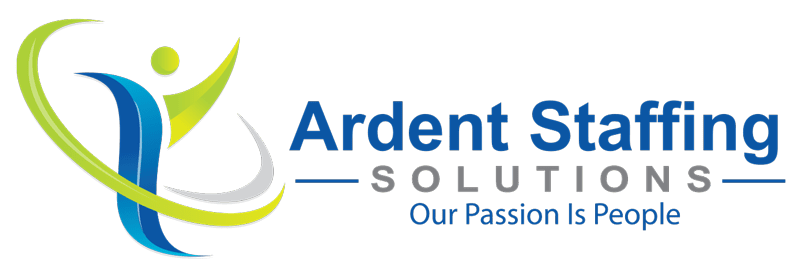
In today’s competitive job market, the path to securing your dream job requires more than just a well-crafted resume and a compelling cover letter. With the rise of technology, AI (Arificial Intelligence) resume screeners have become a crucial part of the hiring process, helping employers filter through a sea of applications to identify the most suitable candidates. To stand out and get your resume in front of the right hiring manager, it’s essential to think like these AI systems. In this blog, we’ll delve into the key strategies to help job seekers understand and navigate the world of AI-driven hiring.
AI resume screeners, often referred to as applicant tracking systems (ATS), are designed to streamline the initial stages of the hiring process. These systems use algorithms to scan resumes for specific keywords, skills, experiences, and qualifications that match the job description. Based on this analysis, they rank and categorize resumes, making it easier for human recruiters to focus on the most relevant candidates.
Optimize Your Keywords
To pass the AI resume screener’s initial scan, it’s crucial to tailor your resume with relevant keywords. Carefully review the job description and identify the keywords that the company emphasizes. These could be technical skills, industry-specific terms, or certifications. Integrate these keywords organically into your resume, particularly in the skills and experience sections. However, avoid keyword stuffing, as it could lead to rejection by both AI and human reviewers.
Format for Clarity
AI systems work best with clear and structured data. Use a clean, easy-to-read format for your resume. Avoid excessive formatting, intricate designs, and graphics that may confuse the AI. Stick to common fonts and headings to ensure the ATS can accurately parse your information.
Tailor Your Resume
Gone are the days of sending a generic resume to multiple job openings. To get past AI screeners, customize your resume for each application. Highlight the skills, experiences, and achievements that align with the specific job description. This not only helps you get through the initial AI screening but also impresses human recruiters with your tailored approach.
Use Action Verbs
When describing your experiences and accomplishments, use action verbs to convey your contributions effectively. Action verbs not only make your resume engaging but also resonate well with AI algorithms. Instead of saying “Responsible for managing a team,” say “Led a team of 10 members in a successful project.”
Focus on Achievements
AI screeners are programmed to look for quantifiable achievements. Rather than listing job responsibilities, highlight your accomplishments. Use metrics, percentages, and numbers to demonstrate the impact you’ve made in your previous roles. This data-driven approach catches the attention of both AI and human reviewers.
Consider Synonyms
AI resume screeners have evolved to understand synonyms and related terms. Don’t limit yourself to a single keyword variation. If the job description mentions “project management,” consider using synonyms like “project coordination” or “project leadership” to increase your chances of matching relevant keywords.
Mastering the art of thinking like AI resume screeners is essential for job seekers aiming to secure their desired roles. By optimizing your resume with the right keywords, formatting it for clarity, tailoring it to match the job description, and focusing on achievements, you can increase your chances of getting past the initial AI screening stage. Remember, while AI systems play a pivotal role, they’re ultimately designed to identify the most qualified candidates. By aligning your resume with the job requirements, you’ll not only impress the AI but also position yourself as a strong contender in the eyes of the hiring managers.
Rest assured, the Ardent Staffing team can help you navigate this and help you get top notch visibility. Contact us today! (508)530-7212 or [email protected]






